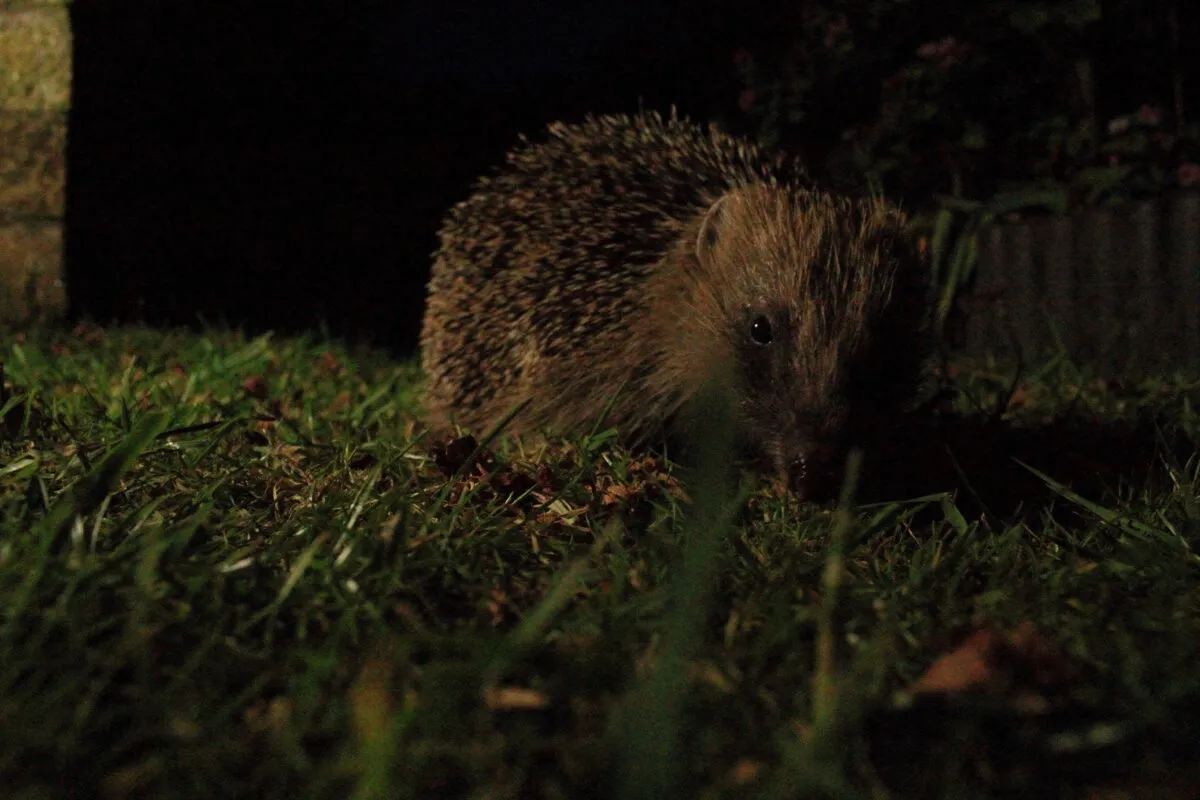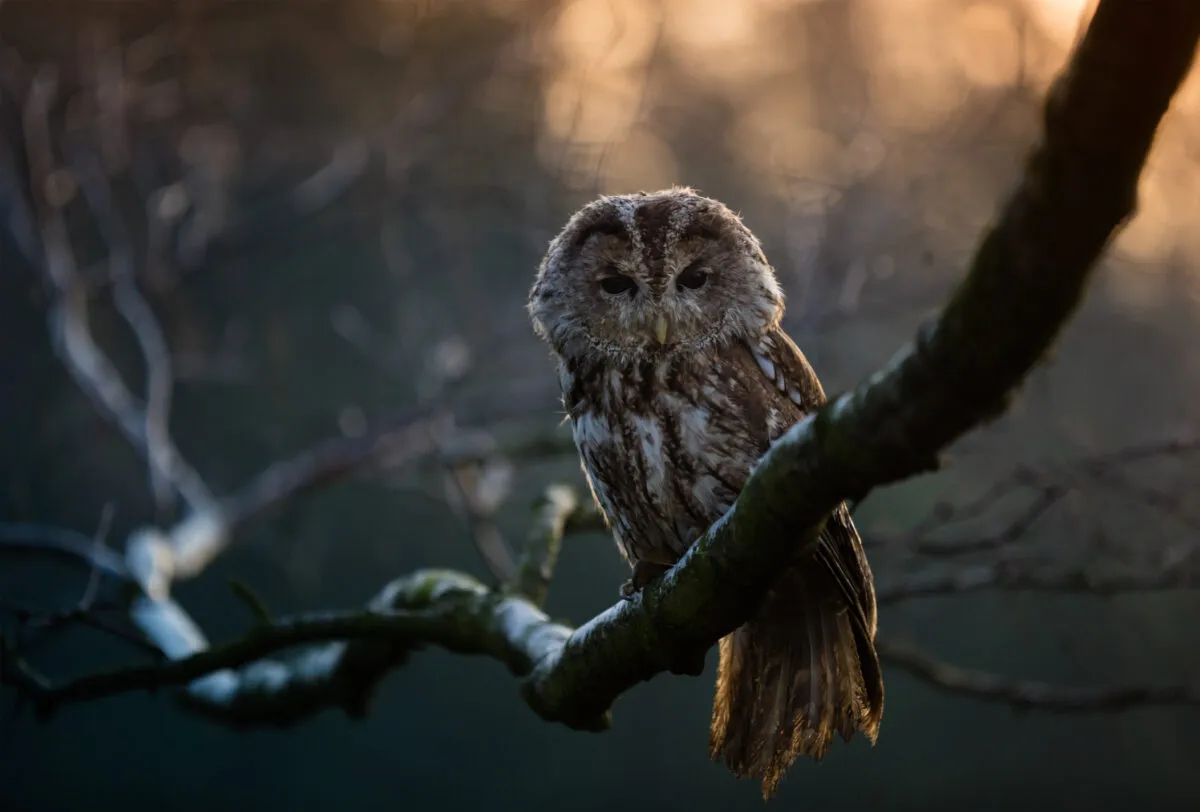As amateur astronomers, we spend a lot of time looking up at the night sky, but we can also enjoy the natural world all around us as we stargaze.
I’ve had some fascinating encounters with nocturnal animals while out observing. I had rarely seen a hedgehog until a few years ago, when I started to regularly set my telescope up in my garden for a night’s astronomy.
When these creatures come out of hibernation in spring, I know it won’t be long until my observing sessions are accompanied by the rustling noise of a hedgehog in the undergrowth, looking for a tasty slug to eat.
I have even built a hedgehog house, to make my garden more welcoming to these animals.
Get closer to nature: discover some of the best places to stargaze in the UK or read our top tips for doing astronomy on the coast.

However, it isn’t just hedgehogs that you can see in your garden at night. Many moth species are active during the hours of darkness, such as the brimstone and the silver Y.
If you have honeysuckle, jasmine or evening primrose in your garden, you may well see moths attracted to their evening scent.
Moths and other flying insects are food for bats, which you could see swooping above your head at dusk.
If you have a pond, keep an eye out for frogs as they take advantage of the cooler evenings to look for food.

When I’m observing at the edge of town, I often hear the call of a tawny owl. Sometimes they come into the neighbourhood and can be seen perched on rooftops.
In the spring, you might also hear the screech of a barn owl. I had one memorable encounter in July 2019, as I was observing a partial lunar eclipse.
A barn owl flew silently across the field I was in and I was able to watch it hunting for several minutes. With the partially eclipsed Moon in the background, it made for a very special evening.
I often do astronomy on the local moors and grouse can sound quite eerie in the middle of the night when I’m concentrating on the night sky, looking for meteors.
The haunting scream of a fox can be quite unnerving too, especially if you are unfamiliar with the sound.
When you are walking to your observing site, take a few moments to look at the ground as you may spot some of the smaller nocturnal creatures, such as the common lizard.
When I’m driving to the local moors, I have to be aware of rabbits and sheep on the road at night.
Sometimes though, something quite unexpected is seen. On the way to Kielder Observatory in Northumberland, I once had to slow right down as a badger was trotting along the road.
It soon disappeared safely into the undergrowth but I was pleased to have seen one: my first, and so far only, encounter with a wild badger – albeit seeing its hind quarters bounding away from my headlights.
While out observing, you should also keep an eye out for that most nocturnal of creatures, the amateur astronomer.
These are friendly and easily approached and if you’re lucky, they may even share some of their astronomy and animal encounters with you!
Steve Brown is a North Yorkshire-based astrophotographer and a highly commended finalist in the Astronomy Photography of the Year 2020 competition. Follow him on Twitter @sjb_astro.
This article originally appeared in the May 2021 issue of BBC Sky at Night Magazine.
